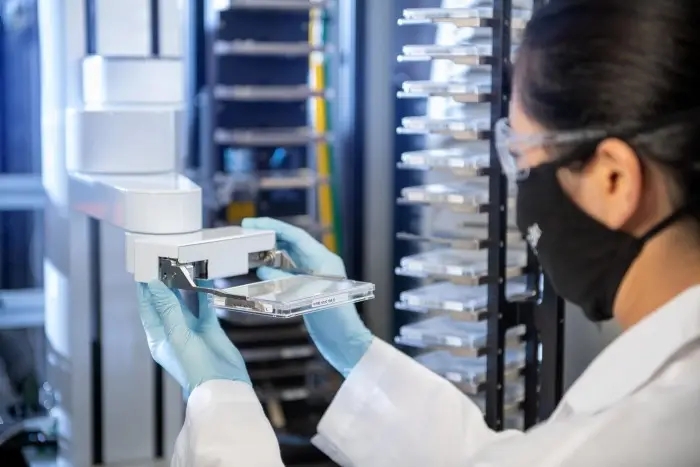
 CONTACT
CONTACT
- Linkman:Linda Yao
- Tel: +8618231198596
- Email:linda.yao@dcpharma.cn
- Linkman:CHARLES.WANG
- Department:Overseas
- Tel: 0086 0311-85537378 0086 0311-85539701
Nisin antimicrobial mechanisms
TIME:2024-01-26
Nisin exerts its antimicrobial activity through a unique mechanism that involves interaction with bacterial cell membranes.
Nisin primarily targets the bacterial cell membrane, which is a vital component for the survival of microorganisms.The specificity of nisin's action is toward Gram-positive bacteria, which have a different cell membrane structure compared to Gram-negative bacteria.
Nisin binds to a specific precursor molecule called Lipid II, which is involved in cell wall synthesis in bacteria.Lipid II is essential for building the bacterial cell wall, and nisin's interaction disrupts this process.
Once bound to Lipid II, nisin undergoes a conformational change that enables it to insert into the bacterial cell membrane.Nisin molecules then aggregate and form pores, or channels, in the membrane.
The formation of pores in the bacterial membrane leads to the leakage of essential cellular components, such as ions and ATP (adenosine triphosphate).This disruption of membrane integrity ultimately results in cell death.
Nisin's mode of action is particularly effective against Gram-positive bacteria due to differences in their cell membrane composition compared to Gram-negative bacteria.Gram-negative bacteria have an outer membrane that provides additional protection, making them less susceptible to nisin.
Nisin's unique mechanism of action makes it less prone to the development of resistance by bacteria.The specificity of nisin for bacterial cell membranes and its interaction with Lipid II contribute to its efficacy over a wide range of Gram-positive bacterial species.
Nisin exhibits broad-spectrum antimicrobial activity against various bacteria, including pathogenic and spoilage microorganisms.This makes it a valuable natural preservative in the food industry.
Nisin can act synergistically with other antimicrobial agents, enhancing the overall antimicrobial activity.This combination approach is often used to address a broader range of microorganisms and minimize the risk of resistance development.
Nisin's antimicrobial mechanisms have been extensively studied, and its efficacy and safety have led to its approval for use as a food preservative.Its natural origin and specific mode of action contribute to its acceptance in the food industry as a means of extending the shelf life of various products while minimizing the use of synthetic preservatives.
- Tel:+8618231198596
- Whatsapp:18231198596
- Chat With Skype







